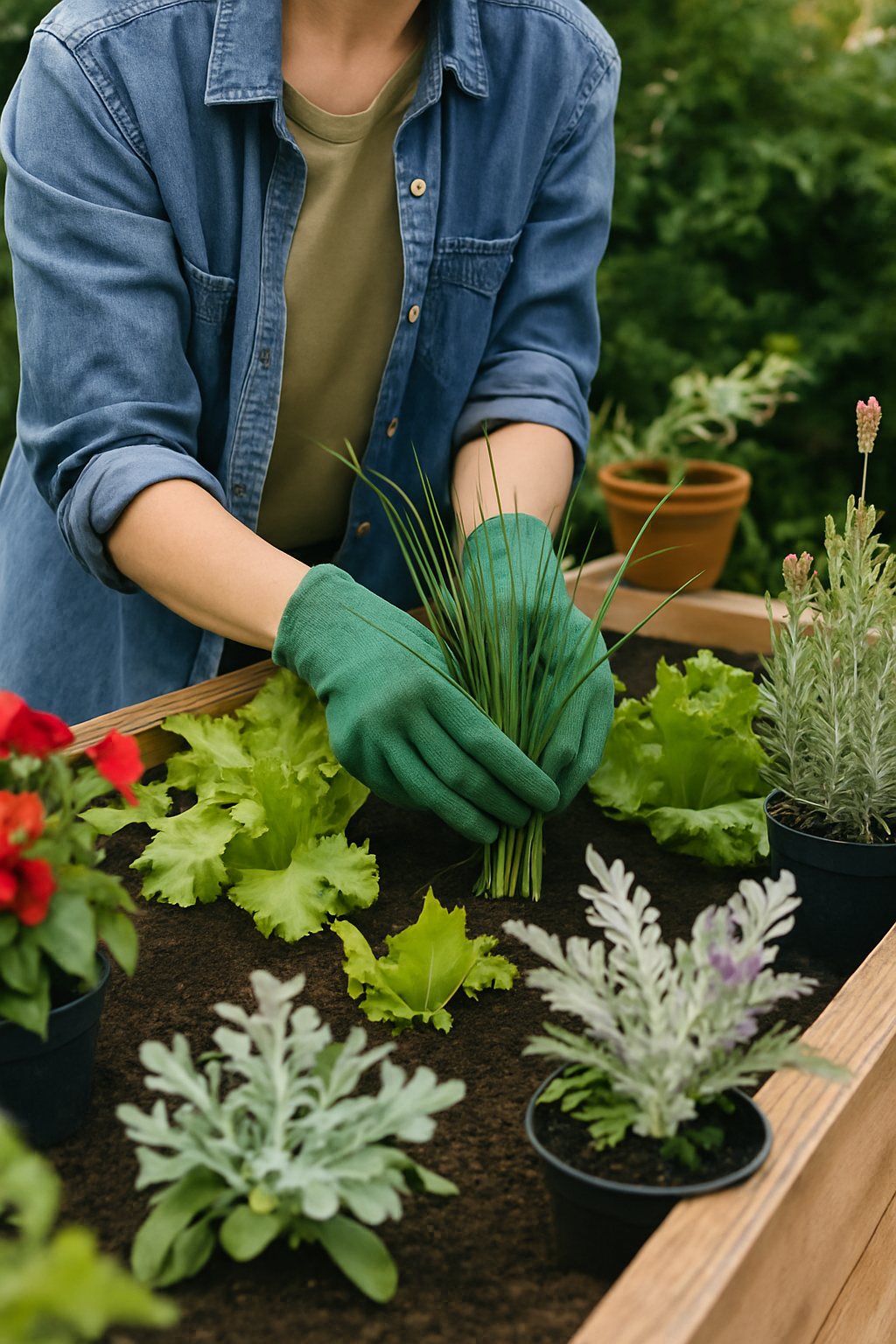Garden design is the art and science of creating both beautiful and functional outdoor spaces. Whether you have a small backyard or a sweeping estate, there are certain principles of garden design that you should keep in mind when designing an outdoor space. In this article, we'll explore the 10 essential principles of garden design and how you can use them to create your own garden paradise.
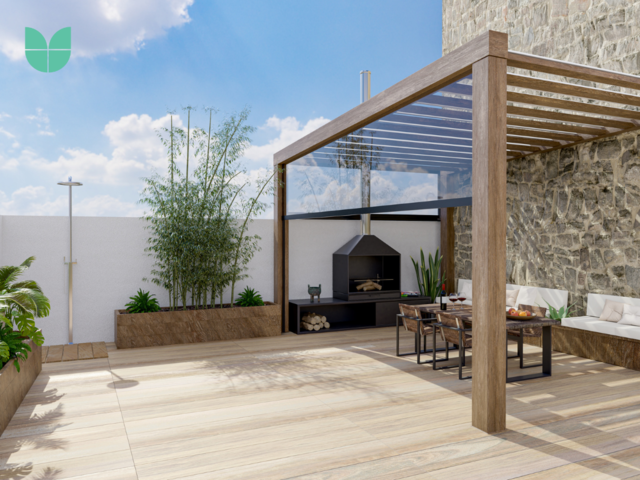
10 Principles of Garden Design
Unity
Unity is the principle of creating a cohesive and harmonious design throughout your garden. This can be achieved through a consistent use of materials, colours, and themes. Sticking to a particular style or colour scheme introduces a connection between all the elements in your space. Unity creates a sense of balance and order and it helps to generate a relaxing and inviting atmosphere.
Balance
Balance is the principle of creating a visually satisfying composition in the garden. Depending on your preference, this can be achieved through the use of symmetry or asymmetry. A balanced garden design creates a sense of order and stability, and it helps to create a calming and harmonious environment.
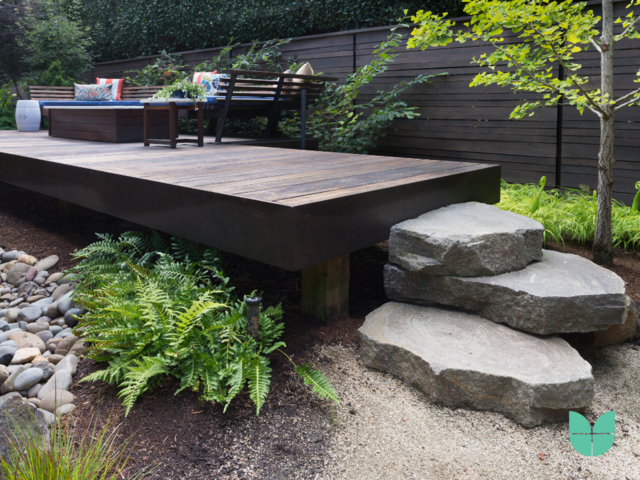
Proportion
Proportion explores the relationship between the different elements in the garden and how balance is created between them. These include the size and scale of plants, trees, hardscape elements, and other features. A well-proportioned garden design creates a sense of harmony and balance, and it helps to create a visually pleasing and comfortable outdoor space.
Scale
When creating balance between the size of your garden and the size of the elements within it, Scale is used. Scale refers to the size of your plants, trees, and hardscape features, as well as the size of your outdoor furniture and accessories. A well-scaled garden design creates a sense of proportion and balance, and helps to create a comfortable and inviting outdoor space.
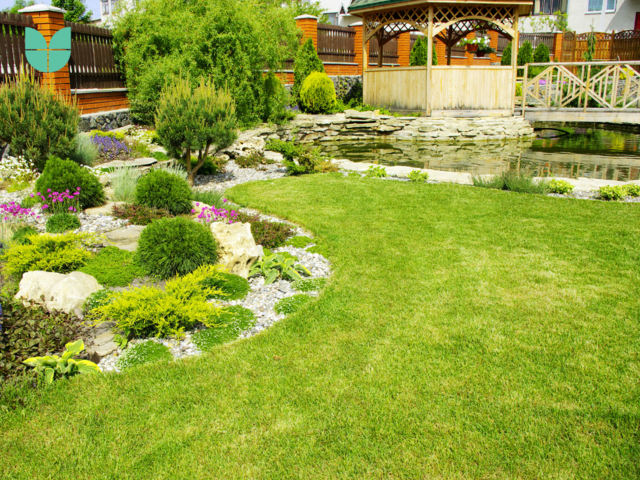
Rhythm
Rhythm is the principle of creating a repetitive pattern or sequence of elements in your garden. A rhythmic garden design creates a sense of movement and flow, and it helps to create a dynamic and engaging outdoor space. This can be achieved through the use of plants, hardscape features, or other design elements.
Contrast
As in many areas of design, Contrast is the principle of placing different elements in visual opposition thus highlighting each element. By using colour, texture, or shape in interesting and sometimes clashing ways, contrast can then be achieved. A contrasted garden design creates a sense of drama and can generate a visually striking and dynamic outdoor space.
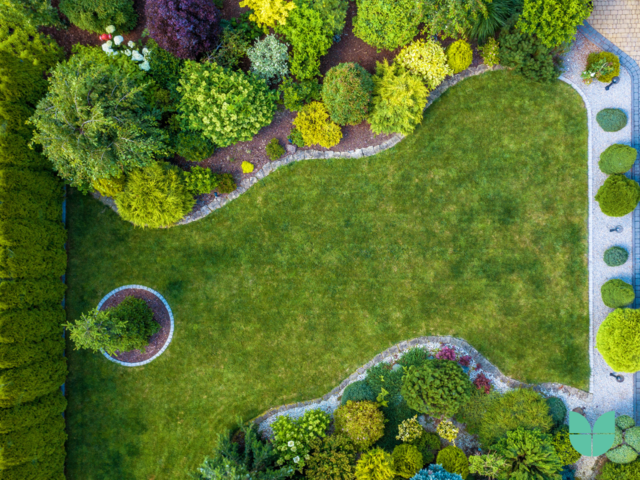
Focal Point
A focal point is the principle of creating a domineering element or feature in your garden. It should draw the eye and create a sense of intrigue and allure. Some well known focal points in gardens include a statue, fountain, or a particularly striking plant or tree. The focal point does not need to be in the centre of the design but should entice people to look closer.
Texture
Garden design can include numerous textures and the principle of texture is to encourage a creative variety of surfaces in a design. Plants, hardscape features, or other design elements can be used. A textured garden design creates a sense of depth and interest, and it helps to create a visually rich and dynamic outdoor space.
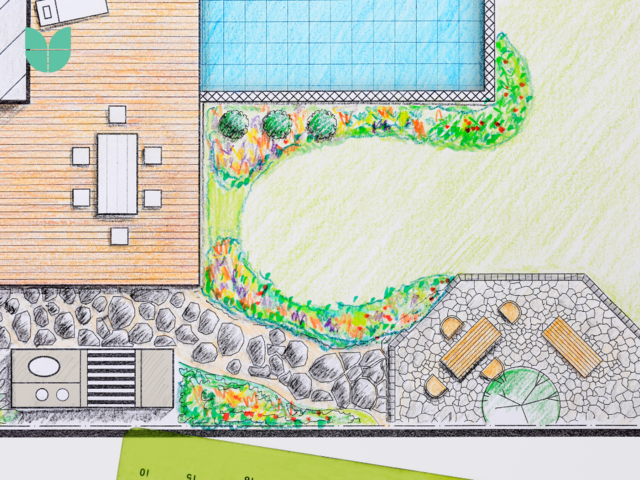
Colour
Colour can be a fun and endlessly creative way to enliven a garden design. Plants and flowers are a reliable way to incorporate colour but garden furniture, paint and various other elements can also add tints and hues throughout a design. A colourful garden design creates a sense of energy and vibrancy making a garden a happy and welcoming space.
Function
While everyone wants their garden to look great, it is not a successful design if it doesn’t function. When designing a garden, it is vital to consider the needs, wants and interests of the users. Seating areas, paths, and other features can enhance the usability and enjoyment of an outdoor space yet still provide a strong aesthetic. A functional garden design creates a sense of practicality and comfort, and it helps to create a relaxing and inviting outdoor space.
These 10 essential principles of garden design form a solid foundation for creating beautiful and functional outdoor spaces. These principles are both time-tested and reliable sources and are a foolproof starting point for any garden design. By incorporating these principles into your garden design, you can create a visually striking and engaging outdoor space that is both practical and inviting. It's important to consider all the variables in your design including the size and shape of your outdoor space, as well as your personal preferences and needs. Whether it is a formal or fun garden design, these same principles will apply.
We offer comprehensive garden design courses that cover all aspects of garden design from the basics of plant selection to the principles of garden layout and construction. Our experienced tutors are industry professionals who will teach you the skills and techniques you need to succeed as a garden designer.
Whether you're a beginner or an experienced garden designer, our courses are designed to help you develop the skills and knowledge you need to create stunning and functional outdoor spaces. Enrol in our garden design courses today and start creating your own outdoor paradise.

